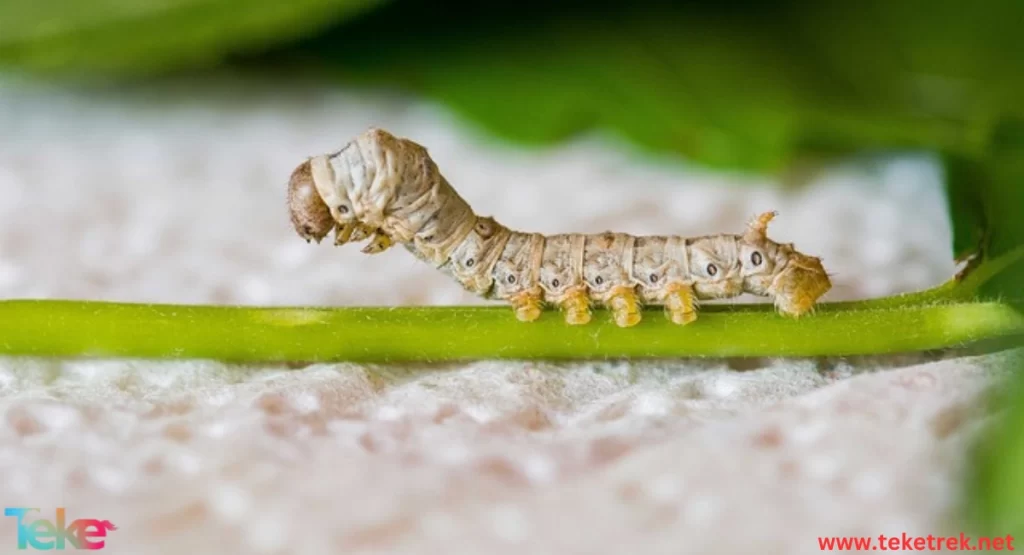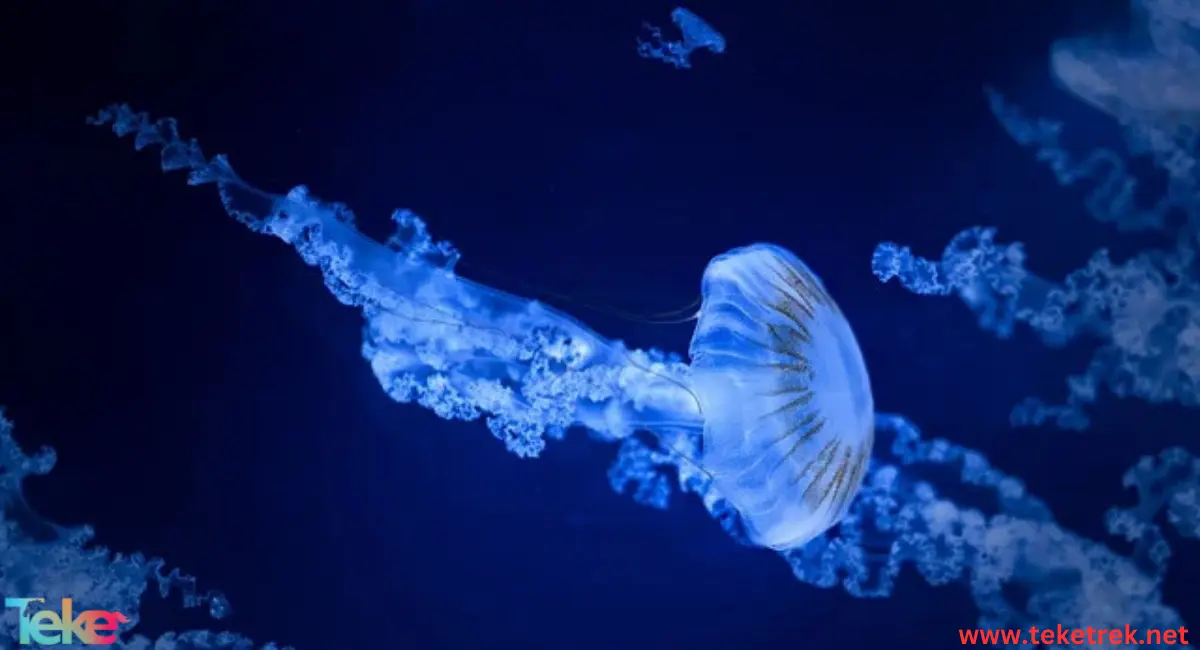Research on invertebrate animals
Invertebrates are a category of animals that are essential for both the environment and other organisms. Below, on the Teketrek website, we will provide more details about them and highlight their importance, as well as their lifestyle and reproduction patterns.

A brief overview of invertebrate animals.
Invertebrate animals are creatures that lack a backbone and skeletal structure, belonging to the classification of animals with cold-blooded characteristics.
Invertebrates represent the most diverse and numerous phylum on Earth, constituting over 90% of all animals excluding the vertebrate chordate phylum. They include arthropods, mollusks, sponges, bivalves, annelids, flatworms, protozoa, echinoderms, cnidarians, and more. Their body plans vary; some have hydrostatic skeletal structures filled with fluids like jellyfish or worms, while others have external exoskeletons or shells like insects and crustaceans.
It’s worth noting that this classification of animals plays a crucial role in both the environment and other organisms, as we’ll discuss in the following paragraph.
The importance of invertebrates
The importance of invertebrates lies in their significant role in maintaining environmental balance and contributing to the food chain by:
1. Acting as natural predators of agricultural pests, parasites, and disease vectors that can affect humans and vertebrates.
2. Playing a crucial role in the food chain, being a fundamental part of the diet of humans, birds, and fish.
3. Contributing significantly to the pollination of plants.
Classification of invertebrate animals
Invertebrates are classified into several groups, including:
1. Insects: Examples include ticks, ants, bees, cockroaches, fleas, butterflies, and flies.
2. Mollusks: Such as oysters, clams, corals, snails, and ammonites.
3. Arthropods: Including spiders, beetles, and crabs.
Characteristics of invertebrates
Invertebrates exhibit a set of morphological and non-morphological characteristics that distinguish them from vertebrates. Here are some of these characteristics:
Morphological characteristics of invertebrates:
Multicellular organisms have a symmetrical shape that may be radial, bilateral, or spherical, although some exhibit asymmetry, such as:
The ventral feet of the gastropods, as seen in marine snails with spiral shells, appear externally symmetrical, but their pulmonary opening is actually on the right side.
However, on the other hand, some evolve to appear externally asymmetrical, like Glaucus atlanticus, which transforms into cerata.
Additionally, some cases of asymmetry are found in crustaceans like the fiddler crab and hermit crab, where one of their claws is significantly larger than the other. If they lose the larger claw, the other one grows after molting.
Furthermore, sessile animals are typically asymmetrical, including sponges and corals, except for individual colonies, and Alpheidae claws, leg rudders, polyzoans, and unimodal wave organisms.
The sense of hearing in invertebrates:
Vertebrates have ears, while invertebrates hear through various types of organs, such as:
– Insects use tympanic membranes to hear distant sounds.
– Invertebrates, characterized by simpler structures like arthropods, can hear nearby sounds. For example, spiders and cockroaches have hairs on their legs that help them detect sound.
– Some larvae have sensory hairs covering their bodies, allowing them to perceive vibrations and respond to sound.
social behavior
In general, invertebrates are known to be social creatures, as seen in cockroaches, termites, ants, bees, wasps, aphids, acari, spiders, and others.
Reproduction in invertebrates
Invertebrates possess multiple reproductive organs, where most reproduce sexually. However, some reproduce asexually, and occasionally, both methods are utilized. In sexual reproduction:
1. Specialized reproductive cells undergo meiosis.
2. Smaller, motile sperm cells or larger, immotile egg cells are produced.
3. These elements merge to form zygotes.
4. Zygotes then develop into new individuals.
It’s worth mentioning that all invertebrates are hermaphroditic except for arachnids and insects.

common questions
Common FAQs about invertebrates include:
What are some examples of invertebrate animals?
Invertebrates include sponges, jellyfish, corals, worms, mollusks like snails and clams, sea cucumbers, sea stars, and crustaceans like crabs and shrimp.
What are the most common invertebrate animals?
Insects are the most common type of invertebrates.
What are the names of some invertebrate animals?
Some prominent examples of invertebrate animals include starfish, sea urchins, earthworms, sponges, squids, and spiders.
What are the characteristics of invertebrate animals?
Invertebrates share the ability to move at some stage of their life cycle. Some move through water currents like jellyfish, while others can control their direction like roundworms. Additionally, some have appendages for movement.
What are the groups of invertebrates?
Invertebrates are a category of animals defined by the absence of a vertebral column.
How many invertebrate animals are there?
About 95% of all animals are classified as invertebrates.
– In short, invertebrate animals are socially adaptable creatures that lack a vertebral column and skeletal structure. They play a significant role in environmental conservation and food provision and reproduce asexually.





